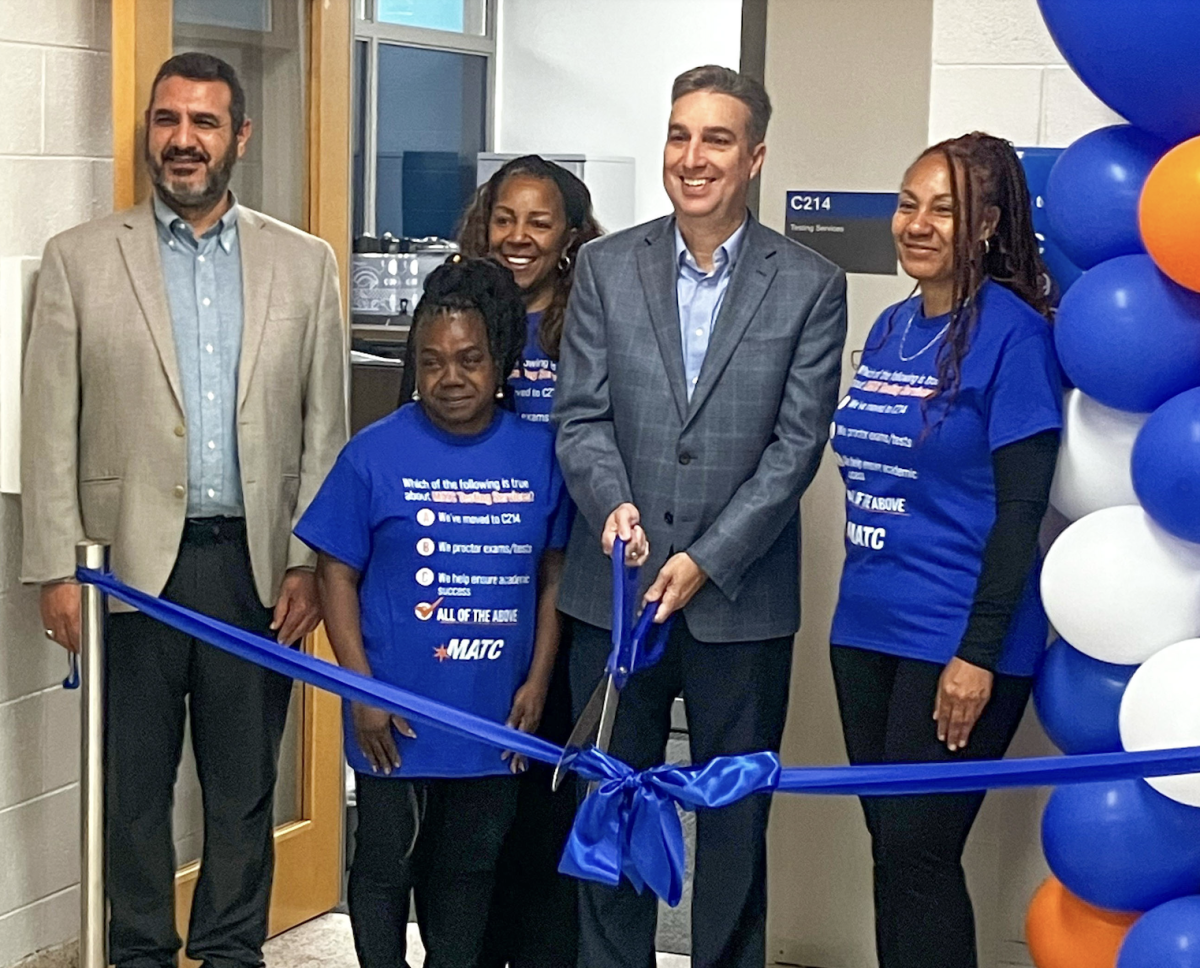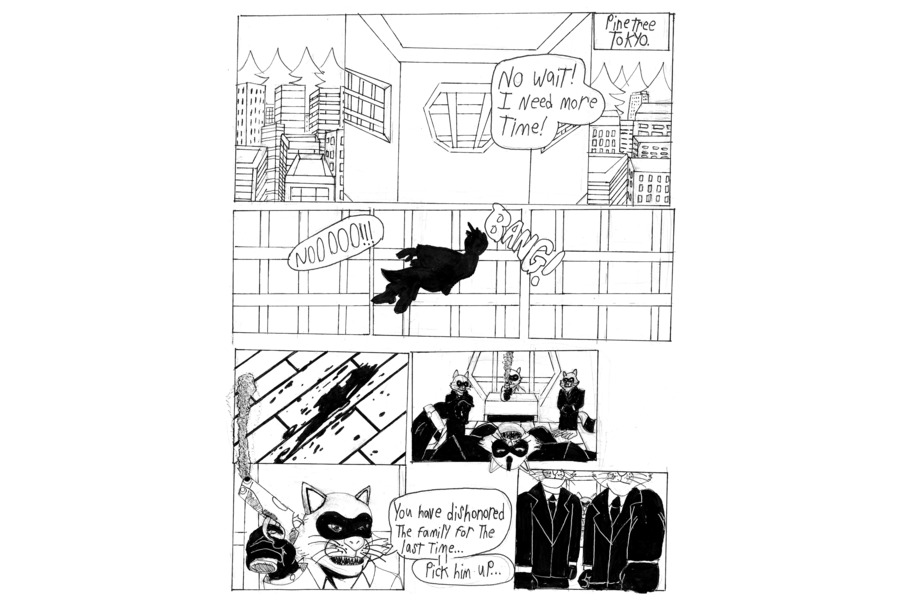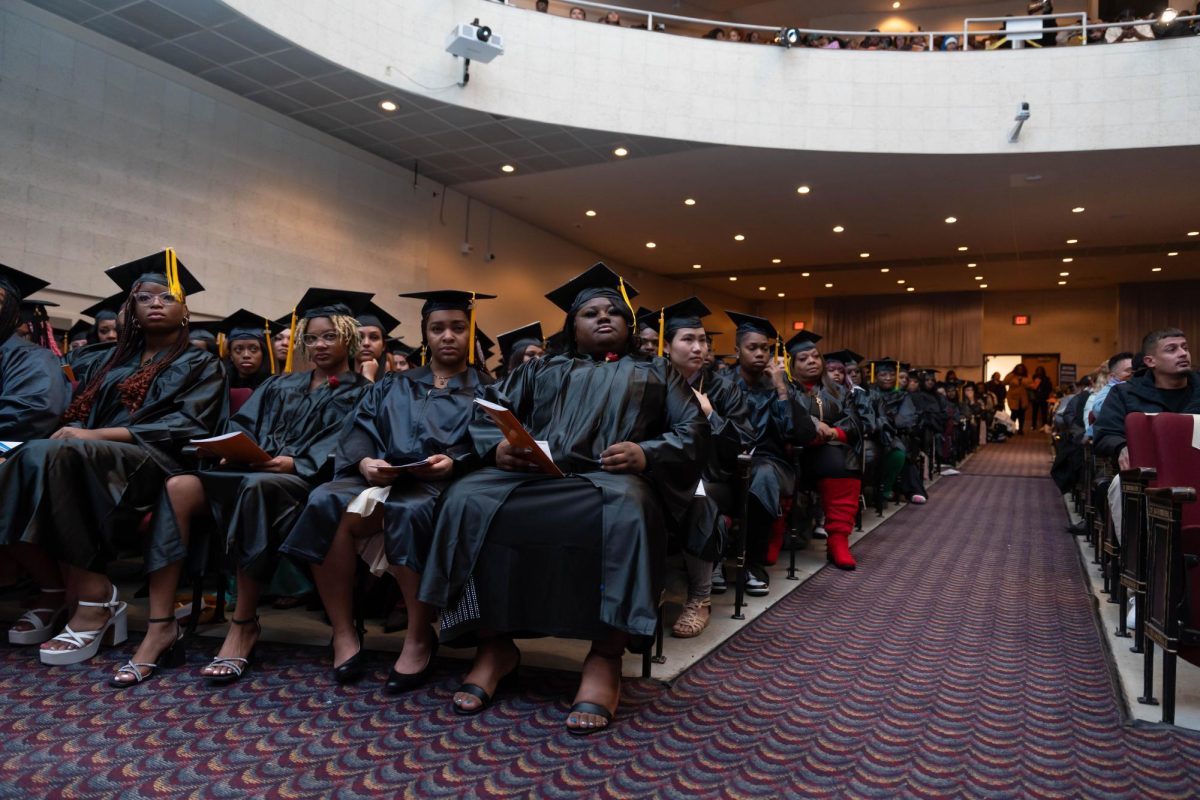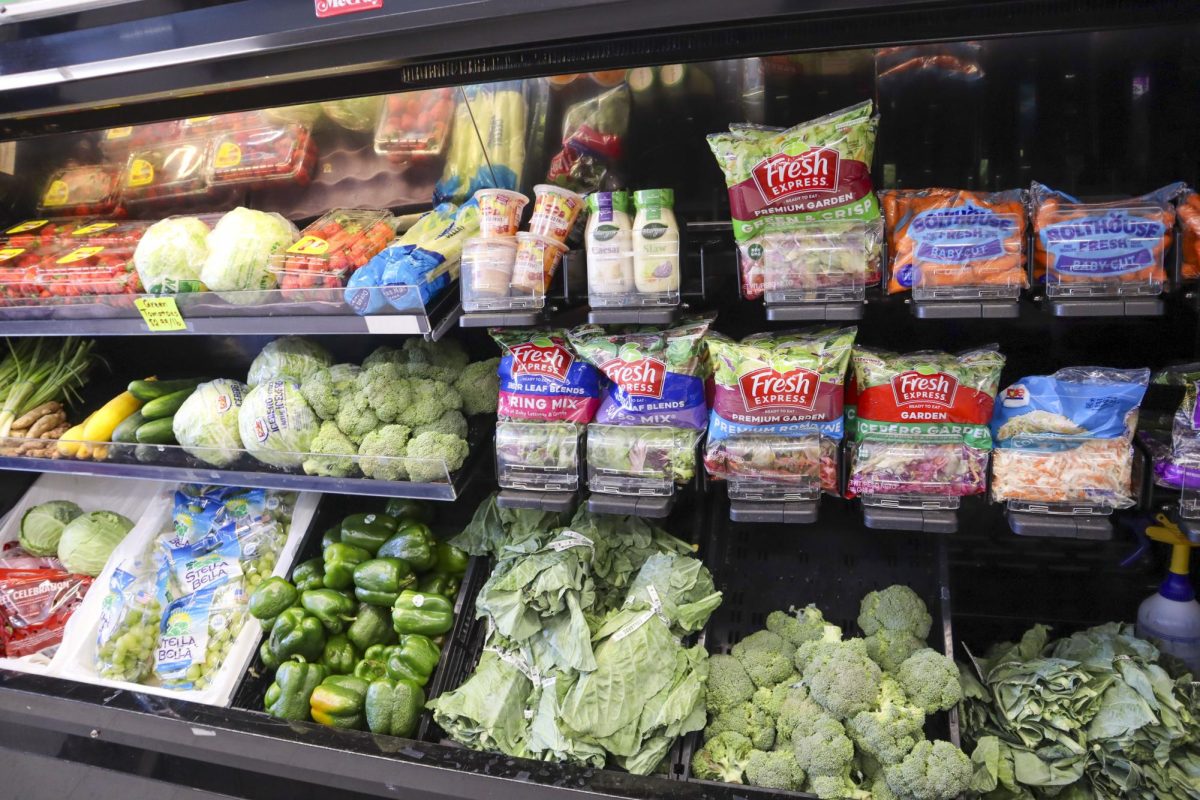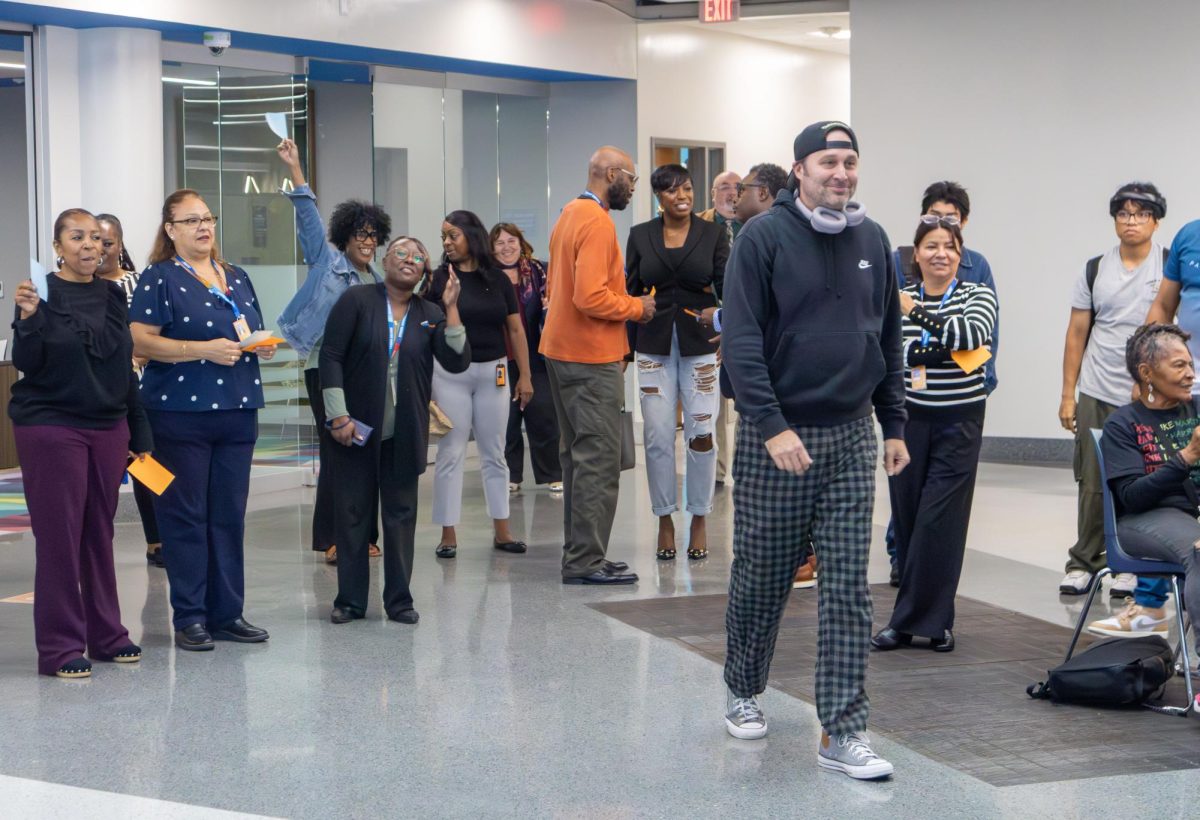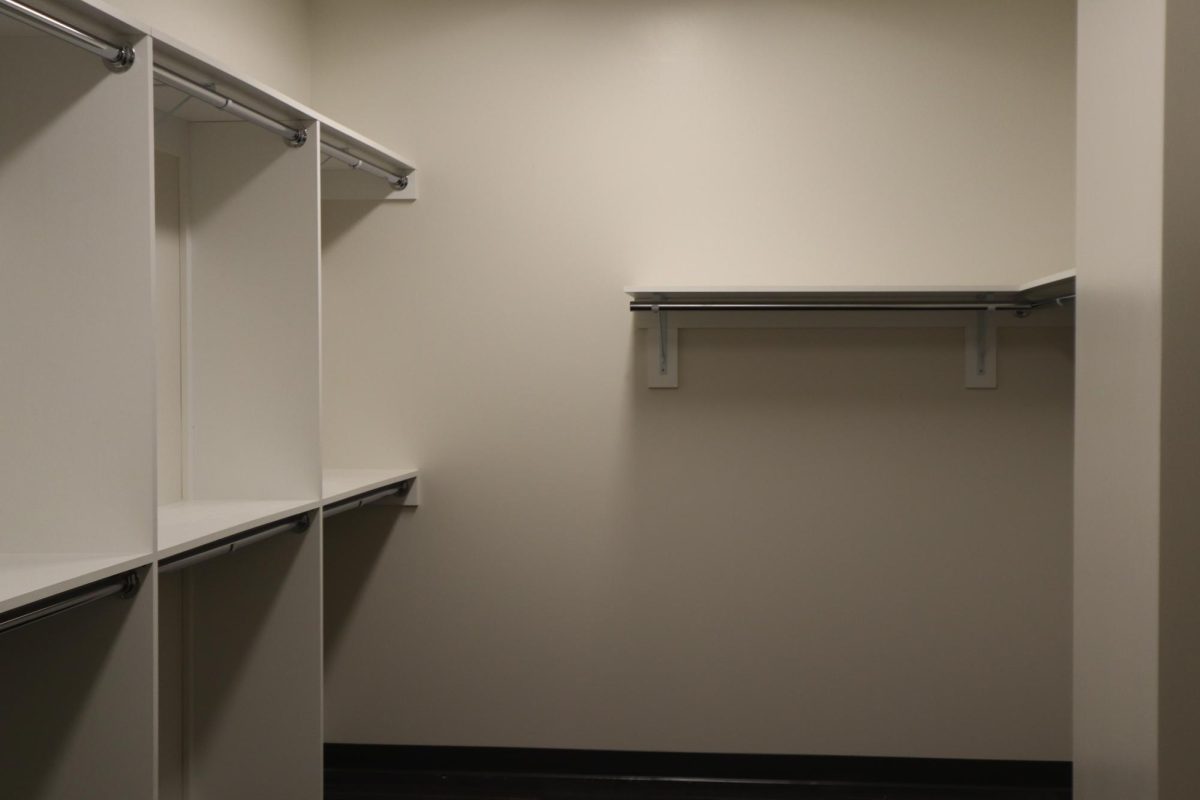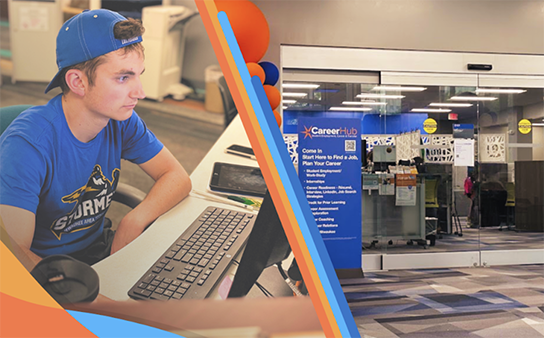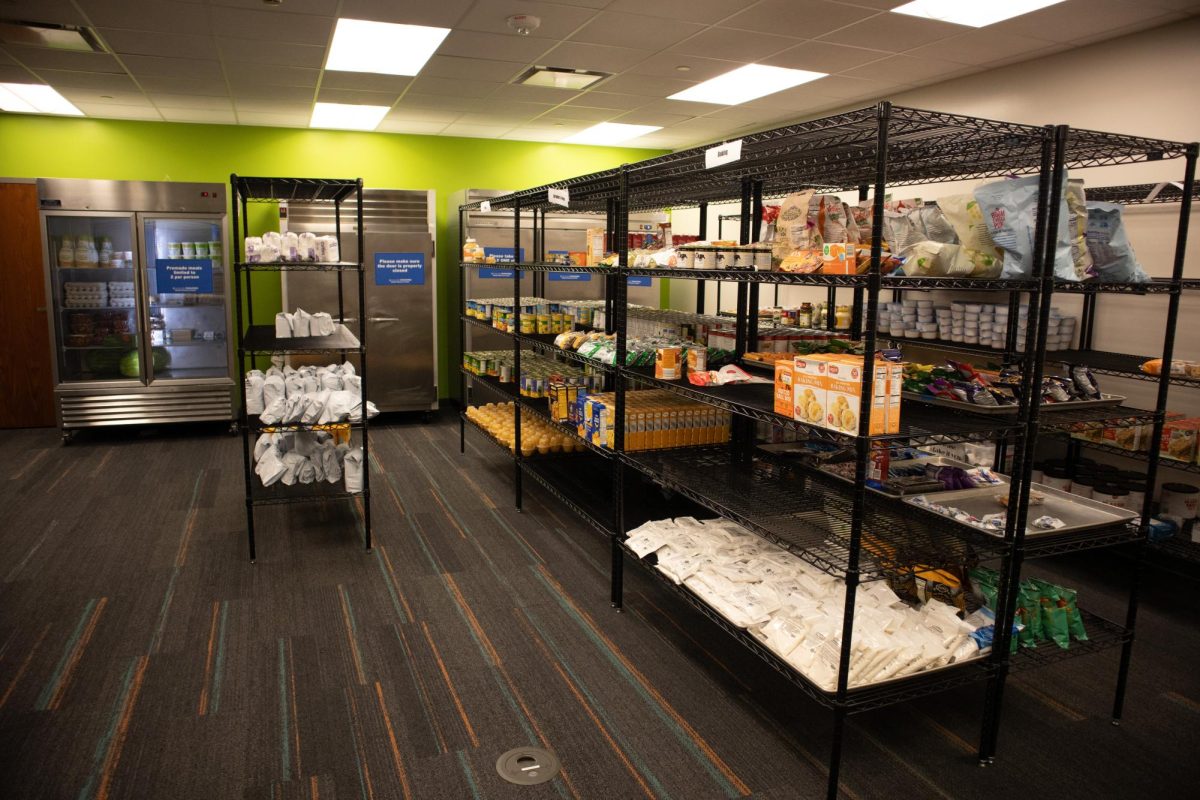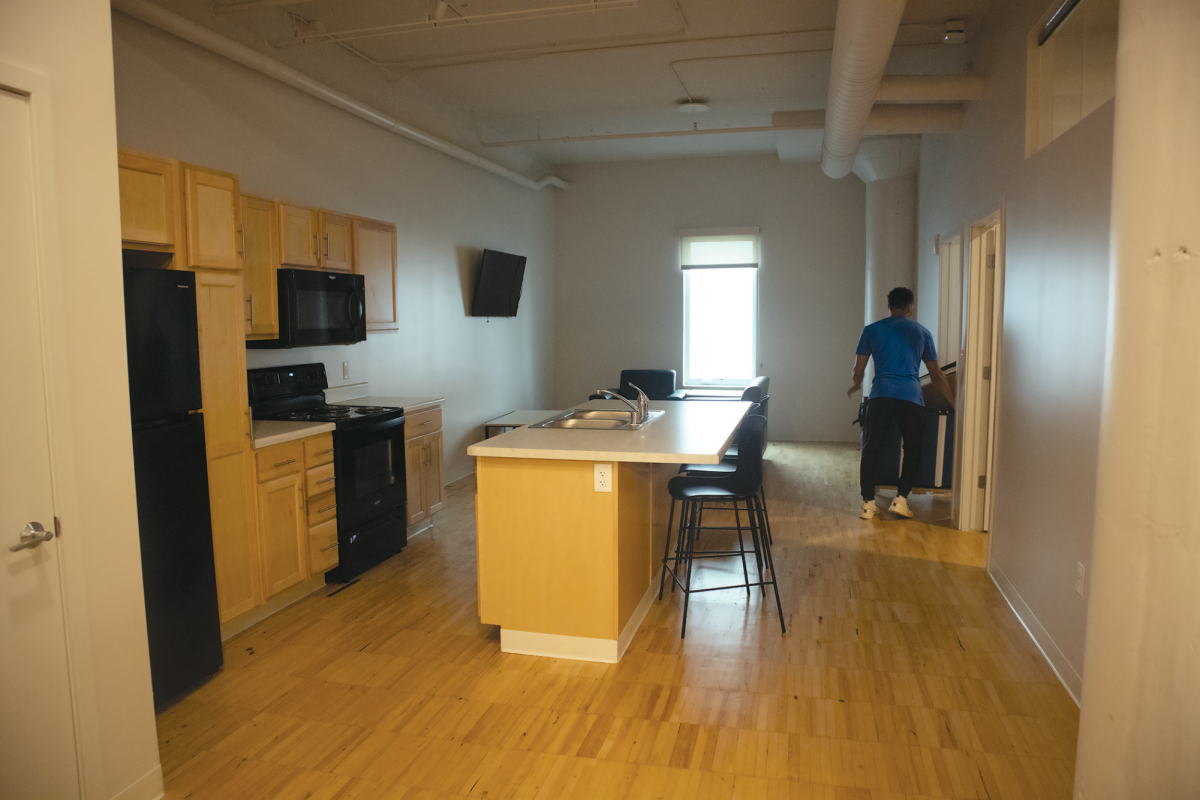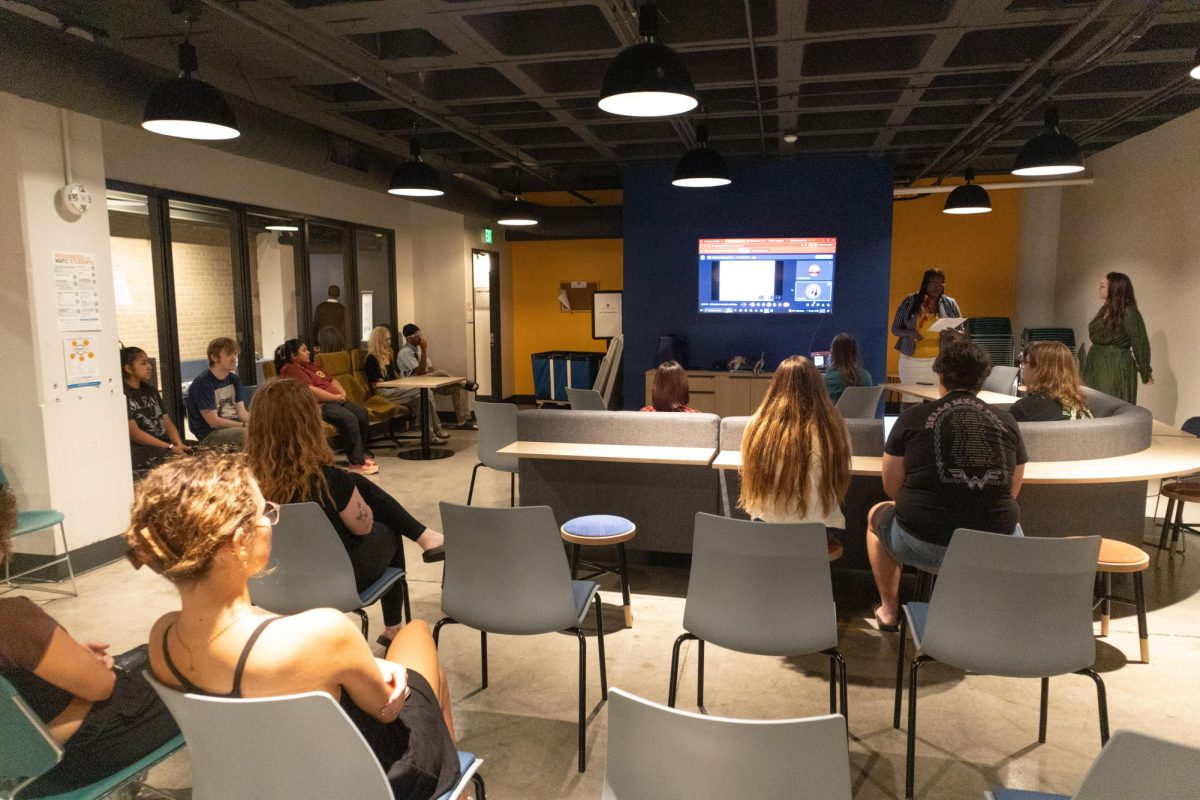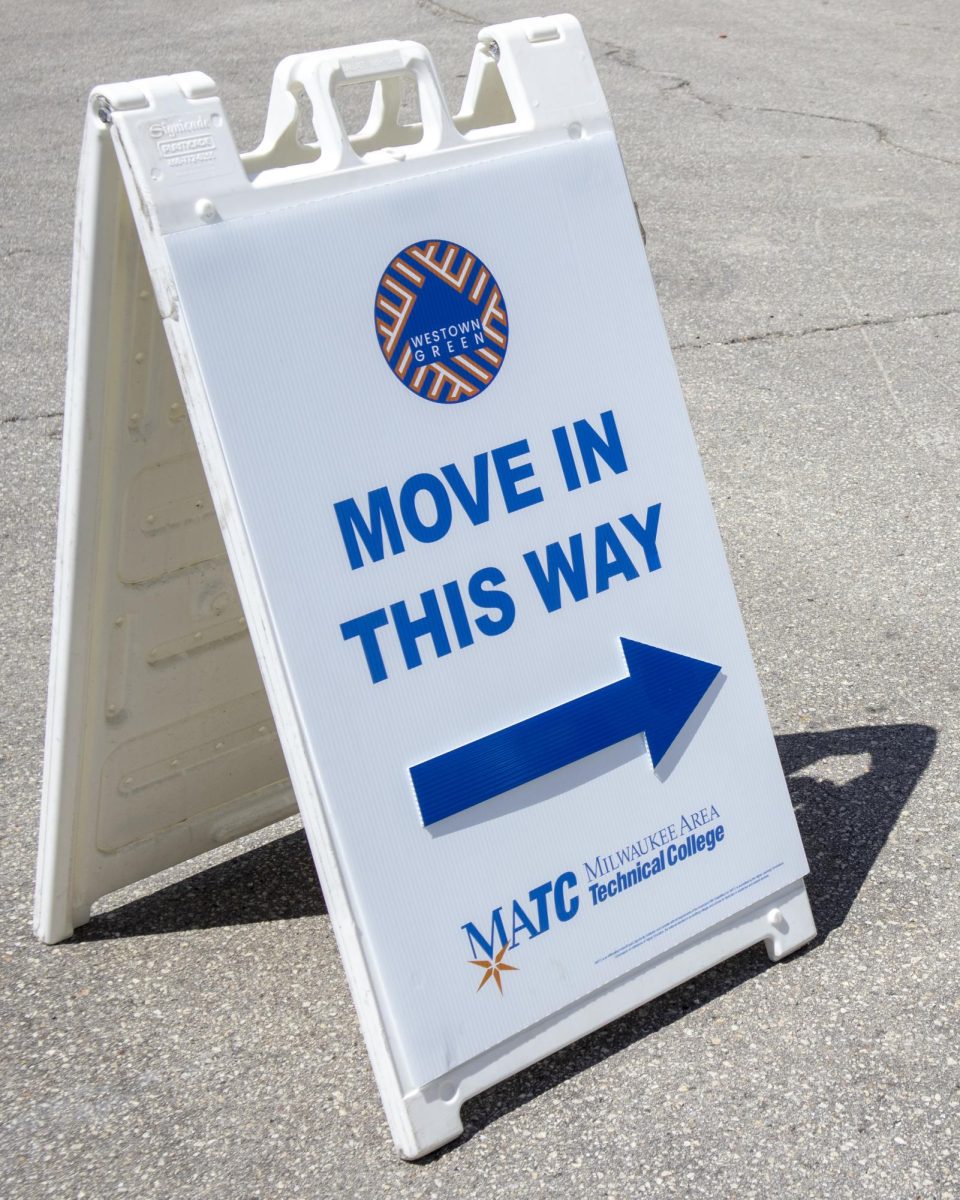Multitasking actually costs more than it saves
Some of us cannot walk and chew gum at the same time. Others can bicycle while chewing gum, applying makeup and taking phone calls.
The difference, arguably, is in the ability to multitask, or successfully do multiple tasks at the same time.
Regardless of ability, we all have experienced multitasking gone wrong. The fender-bender caused by driving while texting (please, no!) is a great example. So is the Thanksgiving turkey overcooked because of a spirited political discussion (again, please, no!).
Homework, frankly, cannot be done well with multitasking. See, natural tasks – such as walking or biking – are simple for us, so simple the body does them “automatically,” thanks to years of practice.
Learning, however, is complicated, requiring us to focus the whole brain on one task – just as a toddler focuses his whole brain on learning to walk. In fact, studies show we make more mistakes, retain less information and degrade our brain functions when we multitask.
What is multitasking, really, though? Say you have your phone on while studying and notifications keep demanding your attention. That is multitasking – done poorly. Your brain is constantly changing focus, and you actually feel distracted.
But doing your laundry while studying may not be multitasking. You need to take breaks while studying – say, every half hour. Switch your brain “off” homework mode to move wet laundry to the dryer, then switch it “on” to study while the clothes dry.
That’s not multitasking; it’s “switch-tasking,” and it’s more efficient.
Your grandma was right: Focus on one thing at a time and (you will) do it well.





